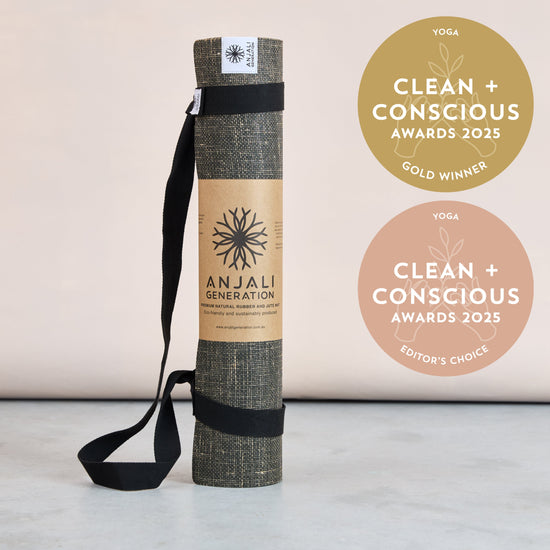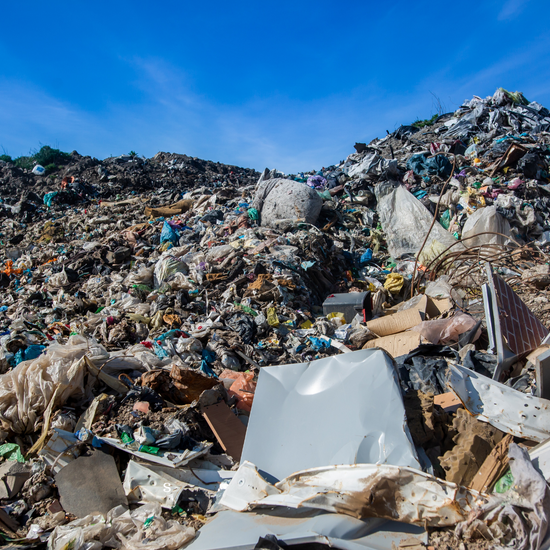Yoga has been found to have so many benefits to our body and mind ranging from helping to improve stamina, strength, concentration, and flexibility to a host of others. To get the best from your daily yoga routine, you need to ensure you make use of a suitable mat.
What then should you consider when selecting the most suitable mat for Yoga? Read on to find out.
1. The thickness of the mat
Thickness is an important factor to consider when choosing your yoga mat because its thickness determines how comfortable it could be. If your mat is too thin, you may find out that it doesn’t provide enough padding, and you may hurt a knee if you do a lunge on it. On the other hand, a thick yoga mat might remove the direct connection you want with the floor, and make balancing poses more difficult.
Beginner buyer recommendations:
If you want the feel of just a little padding, you should opt for a standard-depth mat in the 3-4 cm range. You can also opt for a natural yoga mat about 5 cm thick if you have the space for it and want that extra cushioning. But if portability is at the top of your list – you want a yoga mat that absolutely must fit into your suitcase or carry-on – you should get yourself a mat in 1-2 cm range.
2. The Product Material
The material your yoga mat is made from will determine its durability and how much it wears over time but plays a big factor in deciding your mat’s texture, stickiness and sponginess (meaning the much pressure your mat can accept).
Most standard yoga mats are made of PVC, otherwise known as vinyl. But newer eco-friendly yoga mats are made of more earth-friendly material options such as natural and recycled rubber, jute, and organic cotton. There are also natural cotton options, which means synthetic finishes are not treated into the fabric when manufacturing your eco yoga mats.
Beginner buyer recommendations:
If you’re allergic to latex, ensure you stay away from natural rubber yoga mats unless they have a solid non allergenic top surface such as cork or fabric. Cotton yoga mats are also ideal.
3. Stickiness
A sticky yoga mat will keep you grounded and ensure you don’t go sliding all over your mat during practice. Your mat stickiness also helps to maintain your alignment when you hold poses for several seconds or change a pose and move onto another.
Beginner buyer recommendations:
PVC Yoga mats are sticky but we don’t recommend them as they are toxic to your body and to the earth, taking hundreds of years to decompose. Luckily today there are many eco-friendly textured alternatives
If you need a mat to help you stay steady and hold your alignment in your poses, but you don’t find the idea of practising on a yoga mat with a raised texture comfortable, then spending on a cork or microsuede mat will probably be your best option.
It would be best if you also considered that the stickiness of your yoga mat will be greatly affected by how clean your mat is. All mats should be wiped down after use and stored correctly.
4. The Texture of Your Mat
The texture of your yoga mat will determine how much traction your mat gives during use. Your mat’s texture provides a physical barrier to sliding and affects the feel of your mat and the comfort you get during use. Yoga mats Australia come in varied textures, diverse enough to suit every whim and desire, from wanting a completely smooth yoga mat to something rough. Where cork and microsuede mats are only slightly textured and possess a soft feel, some other mats, such as those made of jute, have this organic roughness.
Beginner buyer recommendations:
Avoid the traditional PVC mats which are toxic and not at all eco-friendly. Instead, you can opt for natural rubber, jute, or a cotton mat with a raised, tactile pattern. An advantage of the raised texture in these mats is the added grip that ensures you stay steady no matter how tough or sweaty your practice gets.
If you need something smooth and not overly textured, then picking a cork yoga mat is the best option. There are other eco-friendly yoga mat options you can choose from if you are curious about the newer, more earth-friendly options. Test a few before you buy and pick a yoga mat naturally that best suits your needs.
5. Eco-friendliness
As yogis, we hold the tenet of ahimsa, or non-violence, very dear to our hearts. So to buy a yoga mat that will end up clogging our landfill and harming our earth might be quite troublesome in the long run.
Beginner buyer recommendations:
Buying a PVC yoga mat isn’t the best option if eco-friendliness is of significant priority to you. PVC yoga mats won’t break down in landfills and difficult to recycle. You can opt for natural rubber, jute or cotton yoga mats. These mats are available in various thickness ranges, so you can get an eco-friendly yoga mat with a thickness and texture matching your need for comfort and portability and preventing slippage.
You have now narrowed your choices by your mat’s thickness, material, texture, stickiness, eco-friendliness, and price, and now all that’s left to do is pick a style that suits you. Go ahead and pick a favourite colour or pattern.
You can get in touch with our experts to offer you some of the best advice to help you choose the best yoga mat for you.





